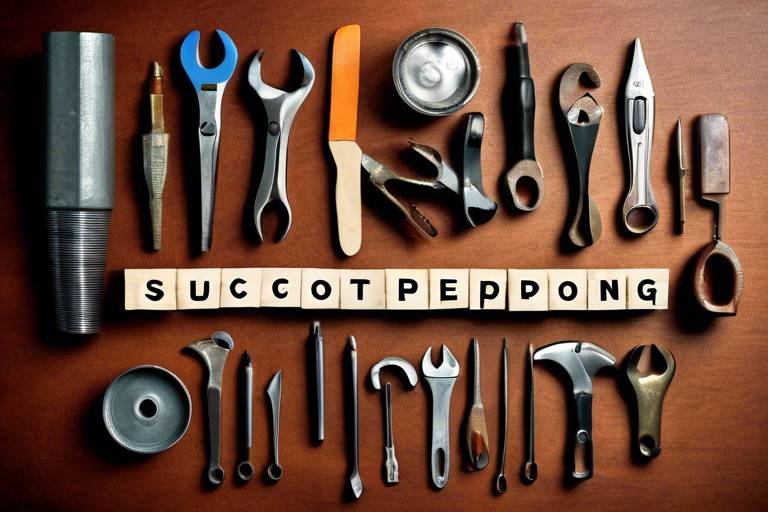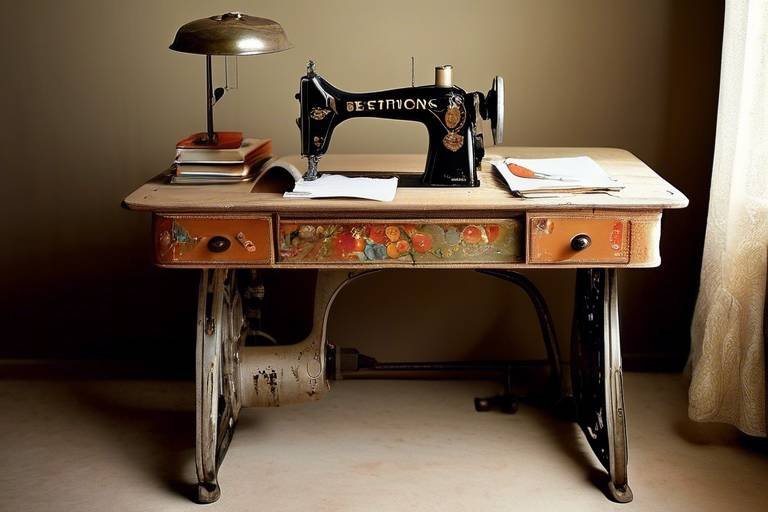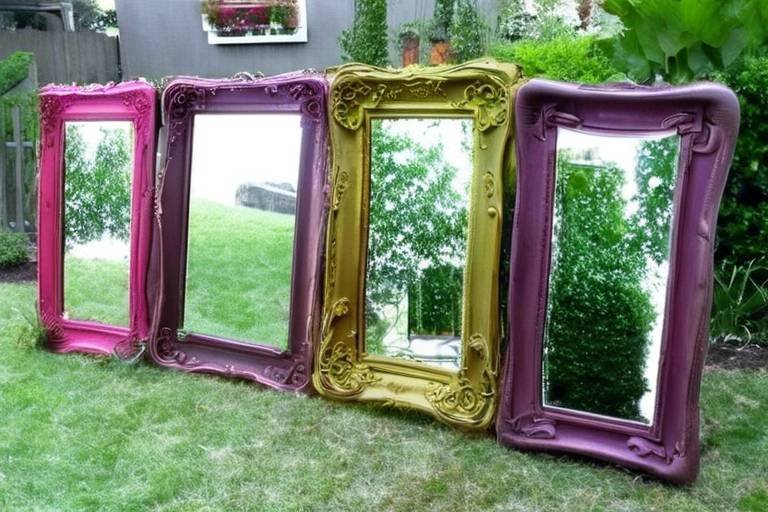Fabric Scraps Upcycling Ideas for Quilters
Are you a quilter who finds yourself with a mountain of fabric scraps after every project? You’re not alone! Many quilters struggle with what to do with those leftover pieces. Instead of tossing them aside, why not explore innovative ways to repurpose fabric scraps? This article presents creative ideas and techniques that not only minimize waste but also enhance your crafting projects. By transforming those tiny remnants into beautiful and functional items, you can breathe new life into your quilting endeavors while also making a positive impact on the environment.
Imagine taking those leftover bits of fabric and turning them into stunning patchwork quilts that tell a story. The beauty of patchwork lies in its versatility; you can mix and match colors, patterns, and textures to create something truly unique. Techniques such as log cabin, nine-patch, and crazy quilt designs are perfect for utilizing scraps. Each of these styles allows you to play with different shapes and sizes, making it easier to incorporate your leftover materials. For instance, a log cabin quilt can be a mesmerizing display of color and pattern, showcasing your creativity while using up those pesky scraps.
Effective storage solutions can help you manage fabric scraps efficiently, turning chaos into creativity. Have you ever rummaged through a messy pile of fabric only to feel overwhelmed? Fear not! By organizing your materials, you can find inspiration at a moment’s notice. Here are some creative ways to store your fabric scraps:
One of the most effective methods for organizing fabric scraps is by using jars and bins. Not only does this approach save space, but it also enhances your crafting experience. By sorting your scraps by color and size, you create a visually appealing display that can spark your imagination. Imagine reaching for a beautiful jar filled with vibrant blues and greens, instantly inspiring you to create a seaside-themed quilt!
To streamline your quilting process, consider labeling your storage containers. By clearly marking bins with categories like “warm colors,” “cool colors,” or “prints,” you can quickly retrieve the right scraps when inspiration strikes. This simple step can save you time and reduce frustration, allowing you to focus on what you love most—crafting!
Why not turn your storage solutions into part of your home decor? Displaying your fabric scraps can add a touch of color and creativity to your space. Consider using a decorative ladder to hang jars filled with scraps, or create a fabric wall collage that showcases your favorite pieces. Not only will this keep your materials organized, but it will also serve as a constant reminder of your passion for quilting.
Now that you have your scraps organized, it’s time to dive into some exciting DIY projects! From home decor items to wearable art, the possibilities are endless. You can create patchwork pillow covers, fabric bookmarks, or even scrappy tote bags. Each project allows you to showcase the versatility of your leftover materials while adding a personal touch to your home or wardrobe. Don’t be afraid to experiment—after all, quilting is all about creativity!
As quilters, we have a unique opportunity to embrace sustainability in our crafting. By adopting eco-friendly practices, we can reduce waste and make environmentally conscious choices. This not only benefits our planet but also enhances our quilting experience. Consider integrating sustainable fabrics into your projects, such as organic cotton or recycled materials. These options not only look great but also align with your upcycling efforts.
When selecting fabrics for your quilting projects, it’s essential to consider the impact of your choices. Opting for sustainable fabrics not only reduces your carbon footprint but also supports ethical practices in the textile industry. Look for options such as:
- Organic cotton
- Bamboo fabric
- Hemp fabric
- Recycled polyester
By choosing these fabrics, you can create beautiful quilts that are not only stunning but also environmentally friendly.
What do you do with excess fabric scraps that you know you won’t use? Instead of tossing them in the trash, consider recycling or donating them. Many local quilting groups or charities would love to take those scraps off your hands, giving them a second life in someone else’s project. This not only helps reduce waste but also fosters a sense of community among quilters. It’s a win-win situation!
Q: What are some easy projects I can start with fabric scraps?
A: Some easy projects include patchwork pillow covers, fabric bookmarks, and scrappy tote bags. These projects are simple and allow you to express your creativity.
Q: How can I ensure my fabric scraps are organized?
A: Use jars and bins to sort your scraps by color and size, and consider labeling them for easy access.
Q: Where can I donate my excess fabric scraps?
A: Local quilting groups, charities, or schools often welcome donations of fabric scraps for their projects.
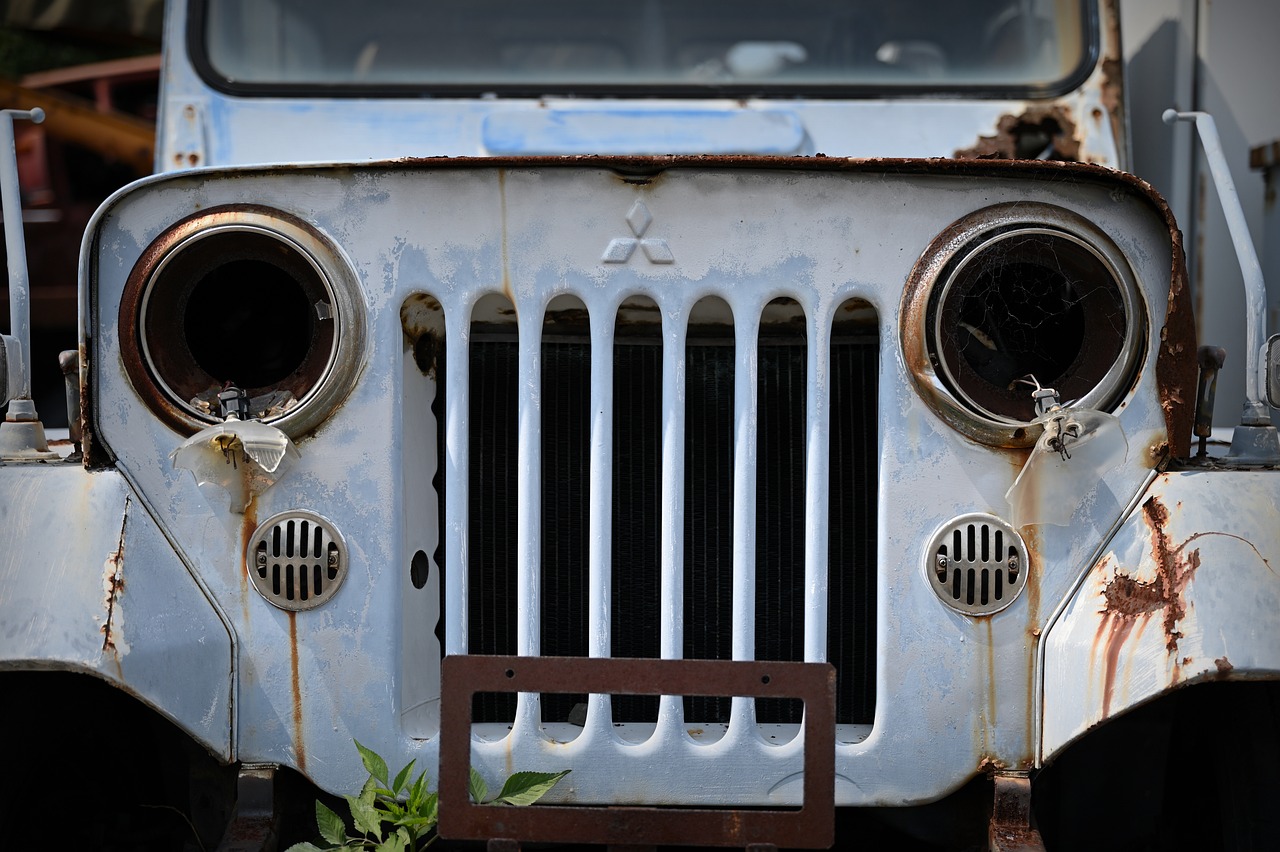
Creative Patchwork Projects
Are you ready to turn those fabric scraps into something truly special? are the perfect way to breathe new life into leftover materials while showcasing your unique style. Imagine transforming a pile of mismatched scraps into a stunning quilt that tells a story of your creativity and resourcefulness. The beauty of patchwork lies in its versatility; you can use various techniques and patterns to create something that is not only functional but also a work of art.
One of the most popular techniques in patchwork is the traditional quilt block method. This method allows you to cut your scraps into uniform shapes, such as squares or triangles, and then sew them together to form intricate designs. You can play with color combinations and patterns to create a quilt that reflects your personality. For instance, a classic log cabin design can take on a modern twist when you use vibrant, unexpected colors. Don’t be afraid to mix and match! The more eclectic your choices, the more unique your finished product will be.
Another exciting approach is the improv piecing technique. This method encourages you to let go of traditional quilting rules and embrace spontaneity. Start with a few fabric scraps and sew them together without a predetermined pattern. You might find that the most beautiful quilt emerges from a series of happy accidents. This technique is perfect for those who want to explore their creativity without the constraints of precise measurements.
For those who love a bit of structure, consider the hexagon patchwork. Hexagons can create stunning designs, and they are especially popular in modern quilting. You can cut your scraps into hexagon shapes and sew them together to form a beautiful honeycomb pattern. The result is a visually striking quilt that can be both playful and sophisticated, depending on your fabric choices. Plus, hexagons are great for showcasing larger prints that might be lost in smaller squares.
As you embark on your patchwork journey, remember that the key to success is experimentation. Don't hesitate to try out different techniques and combinations. You might even want to combine several methods in one project. The possibilities are endless! And if you ever find yourself stuck for inspiration, consider joining a quilting group or participating in online forums where you can share ideas and gain insights from fellow quilters.
To help you get started, here’s a simple table that outlines some creative patchwork techniques along with their benefits:
| Technique | Description | Benefits |
|---|---|---|
| Traditional Quilt Block | Using uniform shapes to create intricate designs. | Structured patterns, easy to follow. |
| Improv Piecing | Sewing scraps without a predetermined pattern. | Encourages creativity, unique results. |
| Hexagon Patchwork | Using hexagon shapes to form honeycomb patterns. | Visually striking, great for larger prints. |
In conclusion, patchwork projects are a fantastic way to utilize your fabric scraps while expressing your creativity. Whether you choose to follow traditional methods or venture into the world of improv piecing, each project will not only reduce waste but also add a personal touch to your home. So gather those scraps, unleash your imagination, and start stitching!
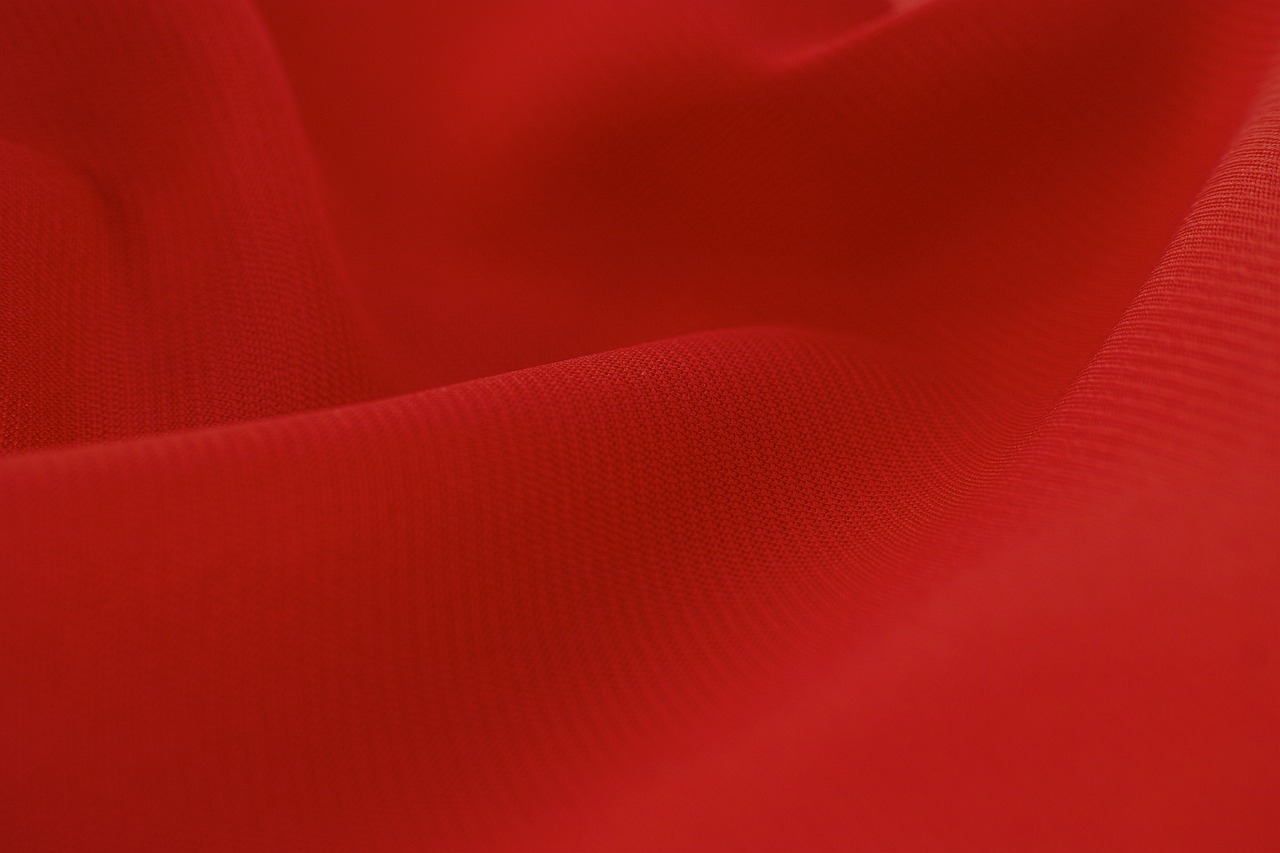
Scrap Fabric Storage Solutions
When it comes to quilting, managing fabric scraps can sometimes feel like a daunting task. However, with the right storage solutions, you can turn that chaos into a well-organized haven of creativity. Imagine opening your crafting space and being greeted by a rainbow of neatly sorted fabric scraps, each piece ready to inspire your next project. It’s not just about tidiness; it’s about enhancing your quilting experience and making the most out of every inch of fabric.
One of the most effective methods for keeping your fabric scraps organized is by using jars and bins. These can be found in various shapes and sizes, allowing you to customize your storage according to your space and needs. For instance, clear jars can be used to display smaller scraps, making it easy to see what you have at a glance. On the other hand, larger bins can hold bulkier pieces. By sorting your scraps by color or size, you create a visually appealing and functional storage system that not only saves space but also ignites your creativity.
Utilizing jars and bins offers numerous benefits. Not only do they help keep your scraps sorted, but they also provide a charming aesthetic to your quilting area. Imagine a row of colorful jars lined up on a shelf, each filled with vibrant fabric pieces. It’s like having a mini art display right in your crafting space! Plus, having your fabrics visible can spark new ideas, making it easier to pull together unexpected combinations. You might find that a scrap you thought was too small for anything can become the star of your next project.
To streamline your quilting process even further, consider labeling your storage containers. This simple step can save you a lot of time when you're in the creative zone and need to grab the right fabric quickly. Use a label maker or even simple sticky notes to categorize your scraps. For example, you might have labels for "floral," "geometric," and "solid colors." This way, when inspiration strikes, you won’t waste precious moments searching through piles of fabric. Instead, you can dive right into your project with the perfect scrap at your fingertips.
Why not take your storage solutions a step further and turn them into part of your home decor? After all, your fabric scraps can be just as beautiful as any artwork. Consider using open shelving to display your jars, or create a fabric wall where you can pin up your scraps. Not only does this make your crafting area more inviting, but it also serves as a constant source of inspiration. You might even find that your friends and family admire your creative displays, leading to exciting conversations about quilting and crafting.
In conclusion, effective storage solutions are essential for managing scrap fabric in a way that enhances your quilting experience. By utilizing jars and bins, labeling them for easy access, and creatively displaying your materials, you can turn your crafting space into a well-organized and inspiring environment. So, the next time you find yourself with leftover fabric, remember that with a little creativity and organization, those scraps can lead to beautiful new projects!
Q: How can I effectively sort my fabric scraps?
A: Sorting your fabric scraps by color, size, or type can help you find what you need quickly. Use jars for smaller pieces and bins for larger scraps. Labeling each container can also streamline your process.
Q: What are some creative ways to display my fabric scraps?
A: You can use open shelving to showcase jars filled with scraps or create a fabric wall to pin up your favorite pieces. This not only organizes your space but also adds a decorative touch.
Q: How do I know which scraps to keep and which to discard?
A: If a scrap is large enough to be useful in a future project, such as a patchwork quilt, keep it. If it's too small to be functional, consider recycling or donating it to reduce waste.
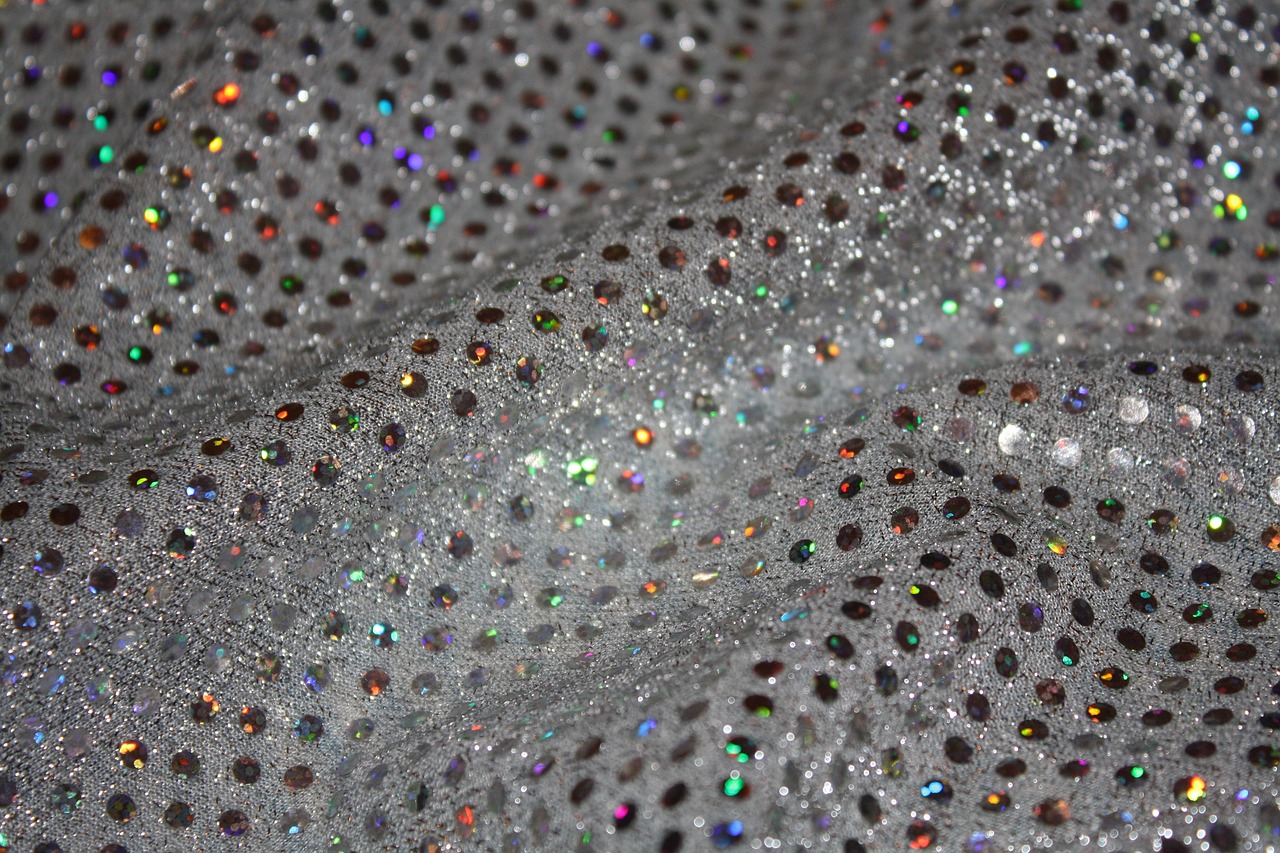
Using Jars and Bins
When it comes to managing your fabric scraps, can be an absolute game-changer. Imagine walking into your crafting space and seeing your materials beautifully organized, color-coded, and ready for use. Not only does this method save space, but it also inspires creativity. You can easily grab a jar filled with vibrant reds or a bin overflowing with delicate pastels, sparking new ideas for your next quilting project.
One of the best aspects of utilizing jars and bins is their versatility. You can choose from a variety of containers based on your needs and available space. For instance, glass jars are perfect for smaller scraps, allowing you to see the colors and patterns at a glance. Meanwhile, larger plastic bins can store bigger pieces, keeping everything tidy and accessible. By sorting your scraps by color, size, or even fabric type, you can create an organized system that works for you. This not only enhances your crafting experience but also reduces the time spent searching for that perfect piece of fabric.
Moreover, the aesthetic appeal of jars and bins cannot be overlooked. When arranged neatly on a shelf or in a dedicated crafting corner, they can serve as a decorative element in your space. Imagine a row of colorful jars, each filled with a rainbow of fabric scraps, catching the light and drawing the eye. This makes your crafting area not just functional but also visually appealing, creating an atmosphere that encourages creativity.
To further enhance your organization, consider labeling your jars and bins. A simple label can indicate the contents, making it easier to find what you need without rummaging through every container. You could use color-coded labels or even a labeling system that categorizes your fabrics by project type, such as quilting, home decor, or wearable art. This small step can streamline your quilting process significantly, allowing you to focus more on your crafting and less on searching for materials.
In summary, using jars and bins for fabric scrap storage is not just about organization; it’s about creating an inspiring and functional crafting environment. So, next time you find yourself with a pile of fabric scraps, think about how you can transform that chaos into a beautiful display of creativity!
- What types of jars and bins are best for fabric storage? Glass jars for small scraps and large plastic bins for bigger pieces are ideal.
- How should I organize my fabric scraps? You can sort them by color, size, or fabric type to make finding what you need easier.
- Is labeling necessary? While not mandatory, labeling can significantly speed up your crafting process by allowing for quick access to materials.

Labeling for Easy Access
When it comes to quilting, efficiency is key. Imagine you're in the middle of a creative burst, and you suddenly need that perfect shade of blue fabric scrap. Instead of rummaging through a chaotic pile, you could simply reach for a neatly labeled container. Labeling your storage containers not only saves you time but also enhances your overall crafting experience. Think of it as having a personal assistant that knows exactly where everything is!
By categorizing your fabric scraps, you can create a system that works for you. For instance, consider labeling by color, size, or fabric type. This way, when inspiration strikes, you can quickly grab what you need without the hassle of searching. You might even find that a well-organized space sparks even more creativity! A simple label can make a world of difference, transforming your workspace into a haven of inspiration.
Here are a few tips to make your labeling system even more effective:
- Use Clear Labels: Make sure your labels are easy to read. You can use a label maker or simply write them out with a permanent marker.
- Color Code: Consider using different colors for your labels. This visual cue can help you quickly identify what you’re looking for.
- Include Measurements: If you have scraps of various sizes, including the dimensions on your labels can save you from opening every container.
Not only does labeling help you find what you need, but it also encourages you to keep your workspace tidy. A well-organized area is less overwhelming and can make the entire quilting process more enjoyable. Plus, when your friends come over to admire your work, they’ll be impressed by your neat and efficient setup!
In summary, a little effort in labeling can go a long way. It’s like giving your fabric scraps a home where they can be easily found, rather than allowing them to get lost in the chaos. So, grab those labels and start organizing! You’ll be amazed at how much smoother your quilting process becomes.
Q1: What materials are best for labeling my fabric storage?
A1: You can use a variety of materials for labeling, including adhesive labels, washi tape, or even fabric tags. Choose what works best for your organization style!
Q2: How can I ensure my labels stay on during use?
A2: To make sure your labels stay put, consider using waterproof or durable materials. If you're using paper labels, a layer of clear tape can help protect them from wear and tear.
Q3: Is it necessary to label every single container?
A3: While it may not be necessary to label every container, having a labeling system for the most frequently used scraps can greatly improve your efficiency and reduce frustration.
Q4: Can I change my labeling system later?
A4: Absolutely! Your labeling system can evolve as your fabric collection grows or changes. Feel free to adjust it to better suit your needs over time.
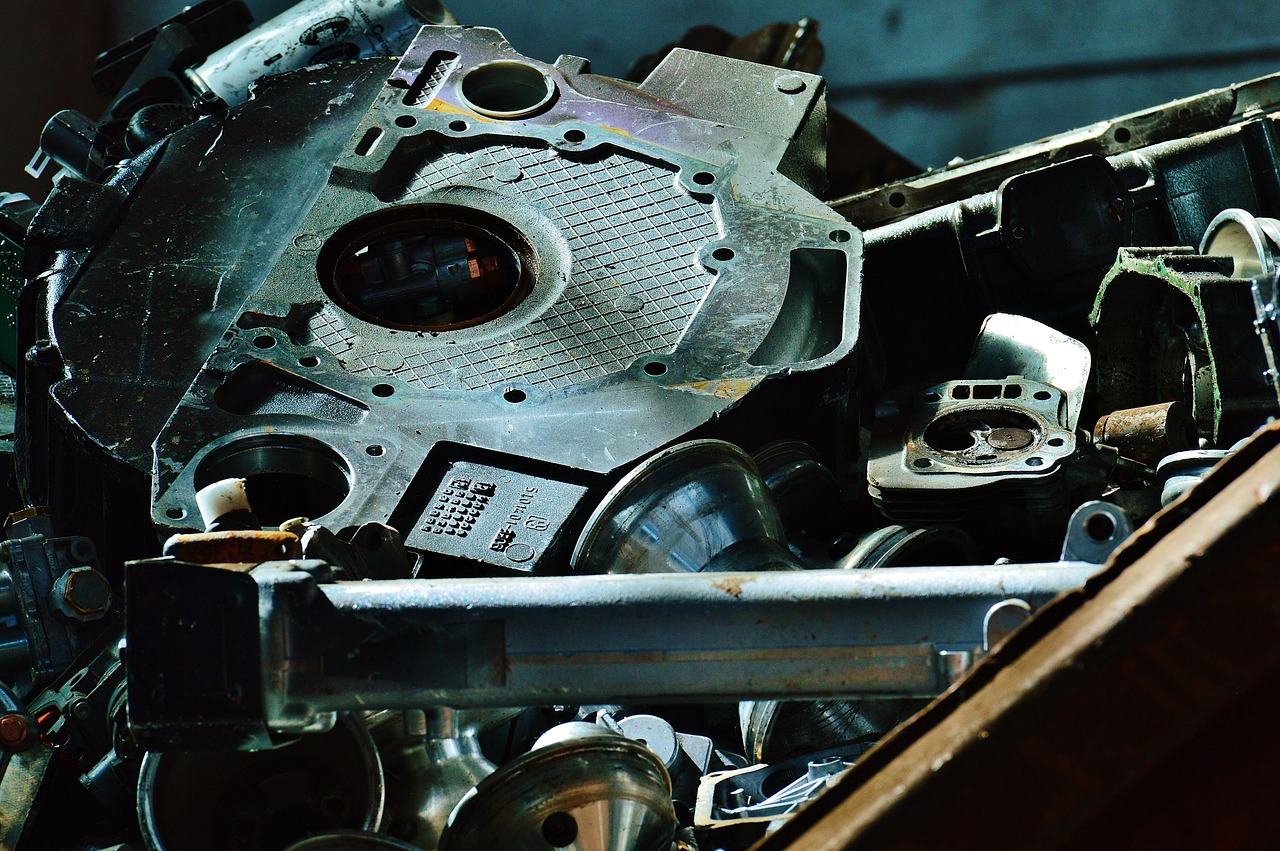
Creative Display Ideas
Have you ever thought about how your fabric scraps could do more than just sit in a box, waiting for their moment to shine? Why not turn them into captivating displays that add a splash of color and creativity to your home? Imagine walking into a room and being greeted by a vibrant array of fabric scraps, each telling a story of your quilting journey. Here are some imaginative ways to showcase those leftover pieces:
One fantastic idea is to create a fabric scrap wall art. You can take a large canvas or a wooden board and arrange your scraps in a visually pleasing pattern. This could be abstract, geometric, or even a representation of nature. The beauty lies in the randomness of the fabrics, and the result can be a stunning focal point in any room. Plus, it's a great conversation starter!
Another creative approach is to use glass jars or clear containers to display your scraps. Not only does this method keep your materials organized, but it also allows you to enjoy the vibrant colors and textures of your fabrics. You can group them by color, size, or even theme. Imagine a shelf lined with jars filled with reds, blues, and greens – it’s like having a mini fabric gallery right at home!
If you're feeling particularly crafty, consider making a fabric scrap wreath. This is an excellent way to repurpose scraps while adding a seasonal touch to your decor. Use a foam or wire base and wrap the scraps around it, securing them with hot glue. You can hang this on your front door or inside your home, and it will surely impress your guests with its charm.
For those who love to incorporate their hobbies into everyday life, think about creating functional decor items. You can make fabric scrap coasters, table runners, or even cushion covers. Each piece can be a patchwork of memories, and they serve a purpose while being visually appealing. Plus, every time you use them, you'll be reminded of your creative journey!
Finally, don’t underestimate the power of a simple fabric scrap garland. Stringing together pieces of fabric can create a whimsical decoration that can brighten up any space. You can hang it in your sewing room, over a window, or even at a party. It’s a fun and easy way to showcase your creativity and make use of those scraps!
In conclusion, displaying your fabric scraps doesn’t just minimize waste; it transforms your crafting materials into beautiful home decor. Whether you choose to create wall art, organize them in jars, make wreaths, or craft functional items, the possibilities are endless. So, let your imagination run wild and give those scraps a new lease on life!
Q: What are some easy projects I can start with my fabric scraps?
A: Some easy projects include patchwork quilts, fabric scrap coasters, and simple wall art. These projects are not only fun but also allow you to experiment with different patterns and colors.
Q: How can I ensure my fabric scraps are organized?
A: Using jars and bins to sort your scraps by color or size is effective. Labeling your containers can also help you find what you need quickly.
Q: What should I do with scraps that are too small to use?
A: Consider recycling them, donating them to local schools or community centers, or using them for stuffing in pillows or toys.
Q: Can I mix different fabric types in my projects?
A: Yes! Mixing different fabric types can add texture and interest to your projects. Just be mindful of how they will behave together, especially when it comes to washing and care.

DIY Fabric Scrap Projects
Are you sitting on a pile of fabric scraps and wondering what to do with them? Well, you’re in luck! There’s a whole world of just waiting for your creativity to shine. From quirky home decor to unique wearable art, the possibilities are endless. Imagine transforming those leftover bits of fabric into something beautiful and functional. Not only will you minimize waste, but you’ll also unleash your inner artist!
One fantastic project you can embark on is creating patchwork pillows. These pillows can add a splash of color and personality to any room. Simply gather your fabric scraps, cut them into squares or rectangles, and sew them together in a fun pattern. You can even mix different textures to create a more dynamic look. Once you’ve sewn your patchwork, stuff it with fiberfill or use an old pillow insert, and voilà! You have a stunning pillow that tells a story.
If you’re feeling adventurous, why not try your hand at making a fabric scrap wreath? This project is perfect for seasonal decor. All you need is a foam wreath base, some fabric scraps, and a hot glue gun. Cut your fabric into strips and glue them onto the wreath base, layering them for a fuller look. You can customize it for any season or holiday by choosing fabrics that match the theme. Hang it on your front door or inside your home, and it will be a delightful conversation starter!
Another exciting idea is to create fabric scrap bookmarks. These are not only practical but also a great way to showcase your favorite fabric patterns. Cut your scraps into rectangles, then layer them with interfacing for sturdiness. Sew around the edges and add a ribbon or tassel for that finishing touch. Every time you open your book, you’ll be reminded of your creative endeavors.
For those who love to accessorize, consider making fabric scrap jewelry. You can craft everything from earrings to bracelets using fabric and simple jewelry-making supplies. For instance, you can roll small pieces of fabric into beads or create fabric-covered buttons to use as pendants. This is a fantastic way to wear your art and make a statement!
Lastly, if you have children or know any little ones, why not engage them in the fun? Create fabric scrap toys like soft dolls or stuffed animals. These projects are not only enjoyable but also a wonderful way to teach kids about upcycling and creativity. You can use a combination of different fabrics to make each toy unique, and they’ll cherish the handmade gift for years to come.
In summary, the world of DIY fabric scrap projects is vast and vibrant. Whether you choose to make home decor, personal accessories, or toys, each project allows you to express your creativity while being environmentally conscious. So, gather those scraps, roll up your sleeves, and let your imagination run wild!
- What can I do with small fabric scraps? You can create a variety of items such as patchwork pillows, bookmarks, jewelry, and toys.
- How do I organize my fabric scraps? Use jars or bins to sort them by color or size, and consider labeling your containers for easier access.
- Are there eco-friendly options for quilting? Yes, you can choose sustainable fabrics and recycle or donate excess scraps to reduce waste.
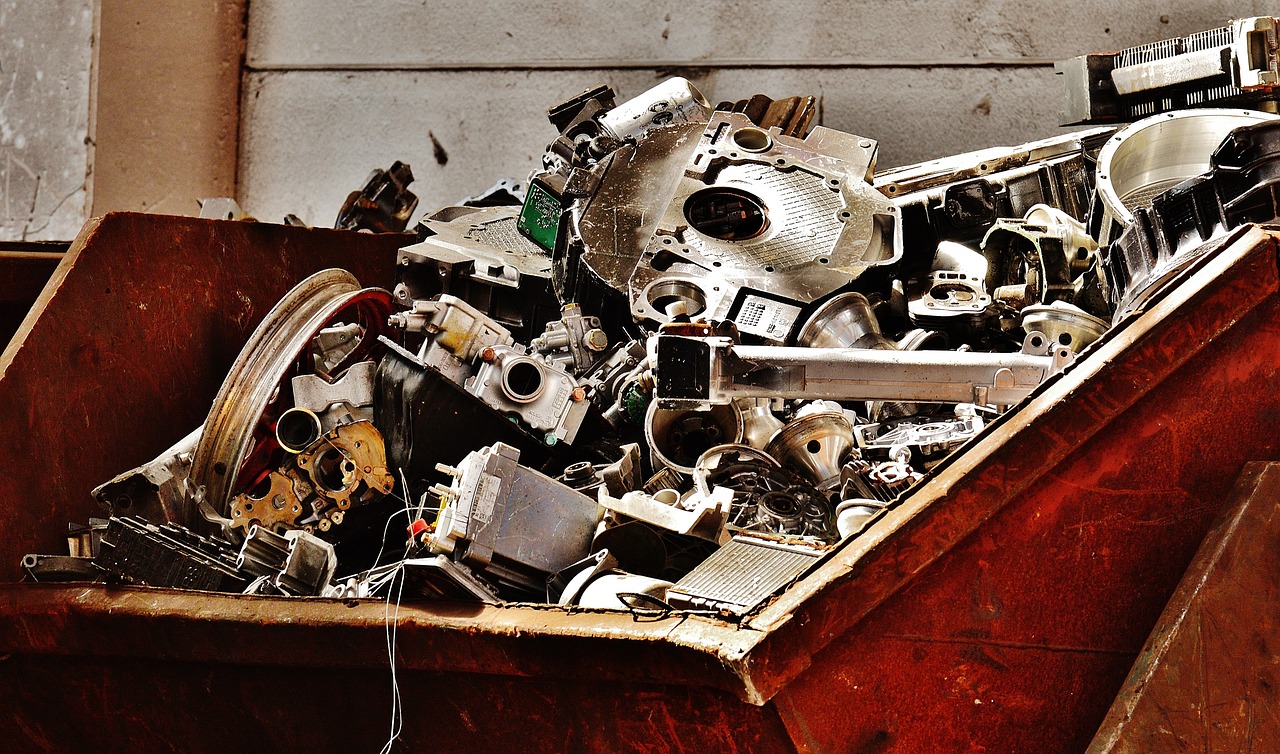
Eco-Friendly Quilting Practices
In today's world, where sustainability is more important than ever, quilters have a unique opportunity to embrace eco-friendly practices that not only enhance their craft but also contribute positively to the environment. Imagine transforming your quilting journey into a green adventure, where every stitch not only creates beauty but also minimizes waste. By adopting eco-friendly quilting practices, you can create stunning pieces while being kind to our planet.
One of the first steps in eco-friendly quilting is choosing sustainable fabrics. The fabric industry is notorious for its environmental impact, from the use of harmful chemicals to excessive water consumption. By selecting fabrics made from organic cotton, bamboo, or recycled materials, you not only support sustainable practices but also ensure that your quilts are free from harmful substances. These fabrics often come in beautiful colors and patterns, allowing you to create eye-catching projects that are also eco-conscious.
Furthermore, consider the importance of recycling and donation options for excess fabric scraps. Instead of tossing those leftover pieces into the trash, you can give them a second life. Many local charities and community organizations welcome fabric donations, which can be used to create quilts for those in need. Not only does this reduce waste, but it also fosters a sense of community and sharing among quilters. Additionally, some organizations specialize in recycling fabric, turning it into new materials or products. This practice not only helps the environment but also supports a circular economy.
When you think about it, your quilting practice can be a metaphor for sustainability. Just as quilting involves piecing together various scraps to create a beautiful whole, so too can your eco-friendly practices weave together to form a more sustainable lifestyle. By being mindful of your choices—from the fabrics you select to how you handle scraps—you can contribute to a healthier planet.
To further enhance your eco-friendly quilting journey, here are some tips:
- Use natural dyes: Instead of synthetic dyes, experiment with natural dyes made from plants, fruits, and vegetables. This not only adds a unique touch to your quilts but also reduces chemical use.
- Practice energy efficiency: When sewing, consider using energy-efficient machines or sewing during daylight hours to minimize electricity consumption.
- Plan your projects: By planning your quilting projects carefully, you can minimize fabric waste and utilize every scrap effectively.
In conclusion, eco-friendly quilting practices are not just about using sustainable materials; they encompass a holistic approach to crafting that respects our planet. By making mindful choices and incorporating these practices into your quilting routine, you can create beautiful, functional pieces that are as good for the environment as they are for your home. So, why not take the plunge and start your eco-friendly quilting journey today? Your future quilts—and the planet—will thank you!
Q: What are sustainable fabrics?
A: Sustainable fabrics are materials that are produced with minimal environmental impact. They can include organic cotton, bamboo, hemp, and recycled fabrics, which are often free from harmful chemicals and dyes.
Q: How can I recycle my fabric scraps?
A: You can recycle fabric scraps by donating them to local charities, schools, or quilting groups. Additionally, some organizations specialize in recycling textiles into new products.
Q: Are natural dyes safe to use?
A: Yes, natural dyes are generally safe and non-toxic. They are derived from plants, fruits, and vegetables, making them an eco-friendly alternative to synthetic dyes.
Q: How can I reduce waste when quilting?
A: You can reduce waste by planning your projects, using every scrap of fabric, and choosing sustainable materials. Additionally, consider upcycling old quilts or fabric items into new projects.
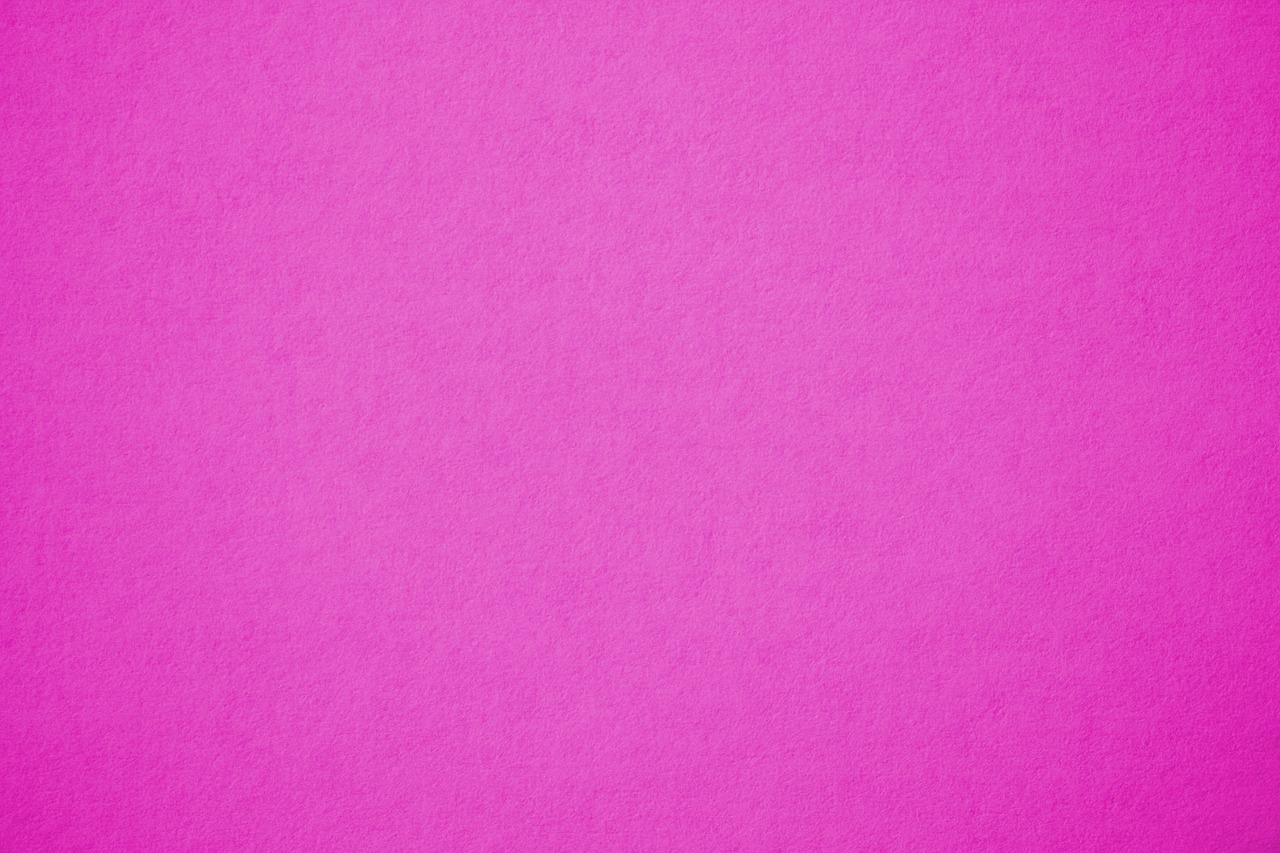
Choosing Sustainable Fabrics
When it comes to quilting, the choice of fabric can significantly impact not just the final product but also the environment. By opting for sustainable fabrics, you can create beautiful quilts while being mindful of your ecological footprint. So, what does it mean to choose sustainable fabrics? Essentially, it involves selecting materials that are produced in an environmentally friendly manner, minimizing harm to the planet while supporting ethical practices.
One of the most exciting aspects of sustainable fabrics is the variety available today. From organic cotton to recycled polyester, the options are plentiful. Organic cotton is grown without synthetic pesticides or fertilizers, making it a healthier choice for both the environment and the farmers who cultivate it. On the other hand, recycled polyester, often made from discarded plastic bottles, gives new life to materials that would otherwise end up in a landfill. By integrating these fabrics into your quilting projects, you’re not just creating art; you're also participating in a larger movement towards sustainability.
But it doesn't stop there! You can also consider fabrics made from natural fibers such as hemp and linen. These materials are not only biodegradable but also require less water and fewer chemicals during their growth process. Plus, they often have a unique texture and aesthetic that can add depth to your quilts. Imagine wrapping yourself in a quilt made from soft, organic cotton or a vibrant patchwork of recycled materials. It’s not just a quilt; it’s a statement!
To help you navigate the world of sustainable fabrics, here’s a quick table summarizing some popular options:
| Fabric Type | Benefits | Considerations |
|---|---|---|
| Organic Cotton | Free from harmful chemicals; soft and breathable | May be more expensive than conventional cotton |
| Recycled Polyester | Reduces waste; durable and versatile | Not biodegradable; check for quality |
| Hemp | Strong and durable; grows quickly with minimal resources | Can be coarse; may require blending for softness |
| Linen | Breathable and moisture-wicking; biodegradable | Wrinkles easily; can be more expensive |
When selecting fabrics, it’s also essential to consider the manufacturing process. Look for certifications such as GOTS (Global Organic Textile Standard) or OEKO-TEX, which ensure that the fabrics meet specific environmental and social criteria. By choosing certified fabrics, you can feel confident that your quilting projects are contributing positively to the world.
Ultimately, the decision to choose sustainable fabrics goes beyond aesthetics. It’s about making a conscious choice to support practices that protect our planet for future generations. Every quilt you create can tell a story—not just of beauty and craftsmanship, but also of responsibility and care for the environment. So, the next time you're browsing for fabric, take a moment to reflect on the impact of your choices. After all, a quilt made with love and sustainability is a treasure that can be passed down through generations!
- What are sustainable fabrics? Sustainable fabrics are materials produced with minimal environmental impact, often using organic or recycled materials.
- Where can I find sustainable fabrics? Many local fabric stores and online retailers specialize in sustainable fabrics. Look for certifications like GOTS or OEKO-TEX.
- Are sustainable fabrics more expensive? While some sustainable fabrics may have a higher upfront cost, they often provide greater durability and longevity, making them a worthwhile investment.
- Can I mix sustainable fabrics with traditional fabrics? Absolutely! Mixing fabrics can add unique textures and styles to your quilting projects.

Recycling and Donation Options
When it comes to fabric scraps, many quilters find themselves with a mountain of leftover materials that can seem overwhelming. Instead of tossing these scraps into the trash, consider the **benefits of recycling and donating**. Not only does this practice help reduce waste, but it also contributes to a more sustainable crafting community. Imagine transforming your unused fabric into a treasure for someone else! There are various options available to ensure your scraps find a new purpose, and in doing so, you can feel good about your contribution to the environment.
One great option is to **donate your fabric scraps** to local schools or community centers. Many art programs are always in need of materials for projects, and your leftover fabric could inspire creativity in students. Additionally, local charities or shelters often welcome fabric donations, especially if they support craft initiatives or sewing groups. By donating your scraps, you not only help others but also create a sense of community.
If you're looking for more structured recycling options, consider organizations that specialize in fabric recycling. Some companies take fabric scraps and turn them into new products, such as insulation or cleaning rags. This not only helps keep fabric out of landfills but also supports businesses that prioritize sustainability. For instance, you might find local fabric recycling programs that accept various types of textiles, including those that are too small for traditional crafting. Here’s a quick overview of options:
| Option | Description | Where to Donate/Recycle |
|---|---|---|
| Local Schools | Art programs often need fabric for projects. | Contact nearby schools or community centers. |
| Charities | Organizations that support craft initiatives. | Local shelters or charities. |
| Fabric Recycling Companies | Companies that repurpose old textiles. | Research local textile recycling programs. |
Furthermore, participating in **swap events** can be a fun way to recycle your fabric scraps. Many quilting groups and craft fairs host swap days where crafters can exchange their unused materials. Not only do you clear out your stash, but you also get the chance to pick up new fabrics that inspire your next project. It’s a win-win situation!
Lastly, don't underestimate the power of online communities. Websites and social media platforms often have groups dedicated to fabric exchanges. By posting about your available scraps, you might connect with someone who is eager to take them off your hands. This not only ensures that your fabric finds a new home but also fosters a sense of camaraderie among crafters.
In conclusion, recycling and donating fabric scraps is an excellent way to minimize waste and make a positive impact on your community. Whether you choose to donate to local organizations, participate in swaps, or connect with online groups, your efforts will contribute to a more sustainable and creative world of quilting. So, the next time you find yourself with leftover fabric, remember that there are plenty of options to give those scraps a second life!
Q: What types of fabric scraps can I donate?
A: Most organizations accept clean, usable fabric scraps, including cotton, linen, and blends. However, it's best to check with the specific organization for their guidelines.
Q: How do I find local fabric recycling programs?
A: You can search online for fabric recycling programs in your area or check with local fabric stores, as they often have information about recycling options.
Q: Can I recycle fabric that is too small for quilting?
A: Yes! Many recycling programs accept small scraps, and some companies specialize in turning these into new products.
Q: Are there online platforms for fabric swaps?
A: Absolutely! Websites like Facebook, Instagram, and dedicated crafting forums often have groups where you can swap fabric scraps with other crafters.
Frequently Asked Questions
- What are some creative ways to use fabric scraps in quilting?
There are countless ways to repurpose fabric scraps! You can create stunning patchwork quilts, make small pouches, or even craft unique home decor items like table runners and wall hangings. The key is to let your imagination run wild and experiment with different patterns and techniques.
- How can I organize my fabric scraps effectively?
Using jars and bins is a fantastic method for organizing fabric scraps. You can sort them by color, size, or type, which not only saves space but also makes it easier to find the perfect piece when inspiration strikes. Plus, a well-organized workspace can spark creativity!
- What labeling techniques work best for scrap storage?
Labeling your storage containers can streamline your quilting process significantly. You can use simple adhesive labels or even a label maker to categorize your scraps. Clear labeling ensures you can quickly grab what you need without rummaging through piles of fabric.
- Are there eco-friendly fabrics I should consider for my quilting projects?
Absolutely! Look for fabrics made from organic cotton, linen, or hemp. These materials are not only sustainable but also durable and beautiful. Choosing eco-friendly fabrics is a great step towards reducing your environmental impact while enjoying your quilting hobby.
- What should I do with excess fabric scraps?
Instead of tossing them, consider recycling or donating your excess fabric scraps. Many local charities and quilting groups welcome fabric donations, and you can also find recycling programs that accept textile waste. This way, your scraps can help someone else’s creative journey!
- Can fabric scraps be used for projects other than quilting?
Definitely! Fabric scraps can be used in a variety of DIY projects beyond quilting. Think about making fabric bookmarks, hair accessories, or even patchwork bags. The possibilities are endless, and it's a great way to reduce waste while crafting something new!




